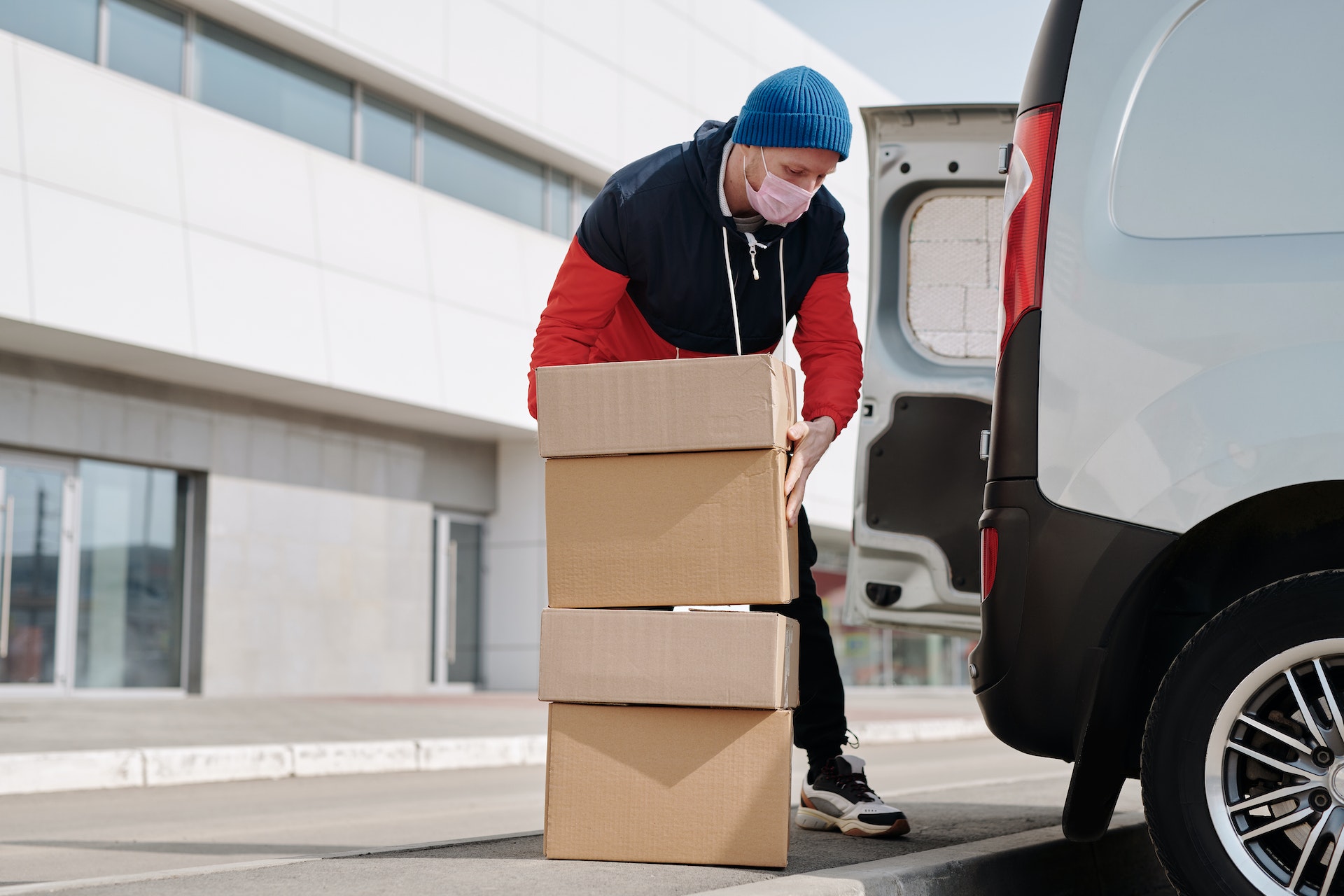Creating Sustainable Reverse Logistics
Businesses in the retail and e-commerce industries can greatly benefit from reverse fulfillment logistics due to its capacity to maximize asset recovery, optimize supply chain efficiency, reduce costs, and enhance customer experience, all of which contribute to increased profits.
During the holiday season especially, the value of reverse logistics becomes crystal clear. Greater numbers of returns occur throughout the holiday season and the months immediately following. A business that doesn’t have a plan for reverse fulfillment could lose money and customers.
How Can Sustainability Work With Reverse Logistics?
Reverse logistics is an integral part of a company’s efforts to reduce its environmental impact and operational expenses. Reverse logistics places an emphasis on product and material recycling since doing so helps achieve the goal of extracting the greatest possible value from existing resources. Therefore, reverse logistics guarantees that a business generates less waste.
A company’s environmental, social, and economic footprints can be lightened through the use of reverse logistics practices like repair, refurbishment, repackaging, recycling, and material harvesting. It can boost both the company’s bottom line and the efficiency with which it uses its resources. Because of how closely linked sustainability and reverse logistics are, the former is crucial for businesses intent on the latter.
How To Create Sustainable Reverse Logistics
Customers’ concern about environmental impact can have a real effect on profits. Over half (53%) of respondents to a survey by Capterra said that a company’s commitment to sustainability factors into their purchasing decisions in some way. Gen Z consumers, whose spending power is expected to increase over the next few years, are particularly crucial here.
Here are a few tips that will help your reverse fulfillment logistics plan become more sustainable and make more sense to your customers.
Increase Collaboration Between Marketing and Logistics
Companies’ public rhetoric on sustainability efforts may not coincide with their actual procedures if marketing and logistics departments are not integrated. Focus on teamwork across departments to get your public messages about sustainable business practices right every time.
Discourage Returns Where Possible
Small and medium-sized stores can cut down on returns by offering thorough product information in the form of online reviews, product videos, and descriptions and by employing careful packing by a recommended fulfillment center to protect items during shipping. The return period could be shortened, or buyers could be charged for return shipping or restocking.
Resell Returned Items
What a retailer can do with a returned item depends on its material and type, but the most common things they do are repackage and fix the item so it can be sold again. These things are also good for the environment and can help pay for themselves or cut down on the need for new materials.
Assess Your Returns Policy
Get feedback from the sales staff on whether or not the company’s return policy needs to be revised to help reduce the amount of returned items. As a result of this analysis, you may be able to make some minor adjustments to your reverse logistics management that will have a big impact on its long-term viability and efficiency.
Working with a fulfillment center like ShopJoy can ensure your reverse fulfillment is done correctly and sustainably. Contact us today to find out more.

